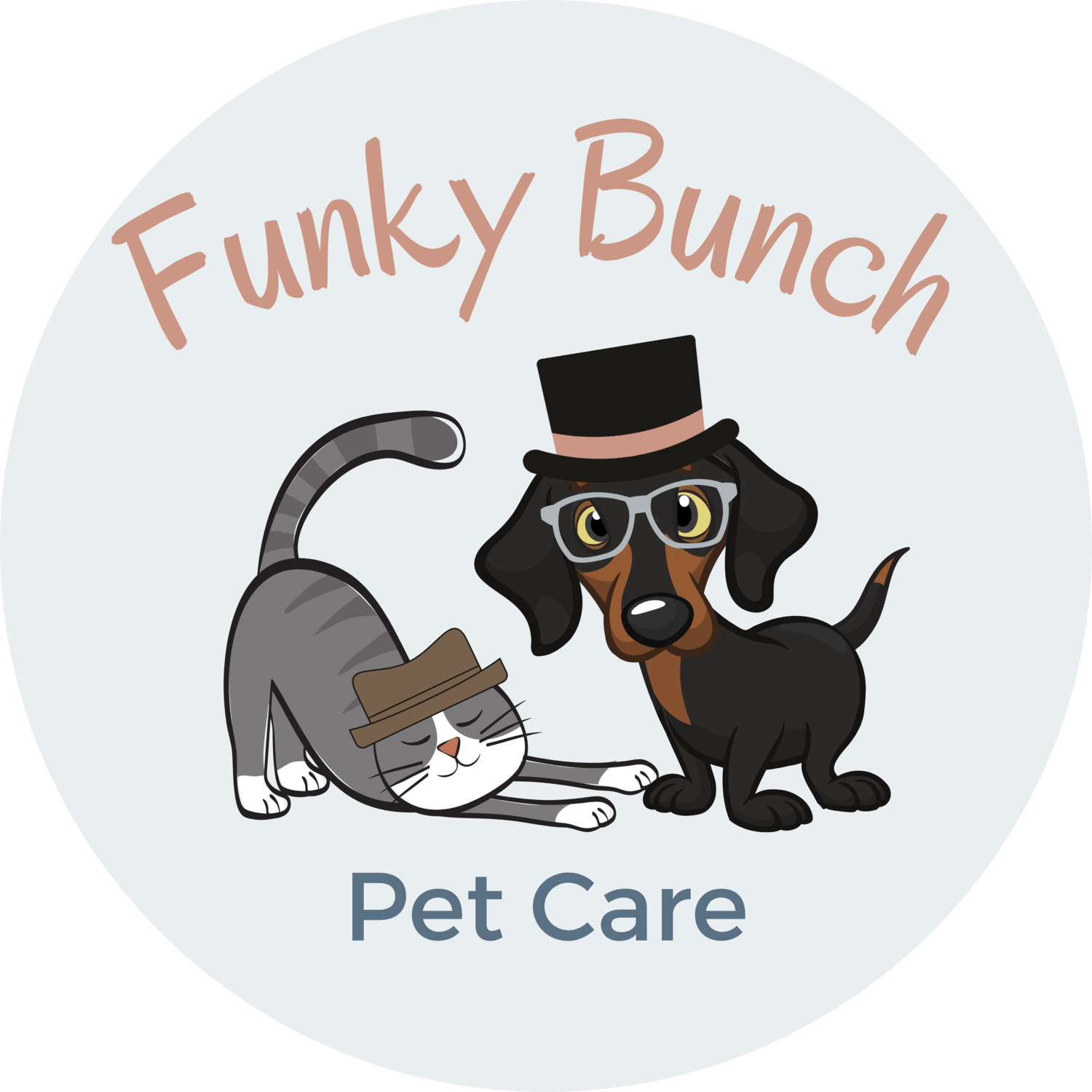Raw Diets for Pets: Things to Consider
Every pet parent wonders: am I feeding my pet high quality, nutritious food? There are hundreds of kibbles on the market to choose from, each promoting their own special formula and ingredients. Commercial kibble has long been the veterinarian preferred meal for dogs and cats, as they are regulated, convenient, and nutritionally balanced. However, raw feeding has become an increasingly attractive option for pet parents since its boom in popularity on social media. What exactly is raw feeding? Veterinarian Ian Billinghurst describes a raw diet as an “evolutionary diet based on what canines ate before they became domesticated.” In essence, raw diets are meant to provide cats and dogs with a fresh primal diet based on evolutionary eating habits.
At first glance, those pretty bowls chocked full of interesting new foods and brightly colored supplements may look perfect for your pet. However, there are many important factors to consider when deciding on a well balanced diet for your cat or dog. Compared to dry commercial kibble, raw meals offer wide varieties of different ingredients including muscle meat, organ meat, bones, and whole prey animals. These meals offer more freedom for pet parents wanting to incorporate a wider variety of food sources in their pet’s meals. So, which is the best for your pet? Here are some pros and cons to consider:
Commercial kibble is nutritionally balanced while raw feeding is not. Taking your pet’s individual dietary needs into consideration, the typical ratio for a raw dog diet is 70% muscle meat, 10% raw edible bone, 5% liver, 5% other secreting organs, 7% vegetables, 2% seeds or nuts, and 1% fruit. These percentages need to be adjusted to the specific nutritional needs of your pet. For example, a raw diet ratio for cats needs to be adjusted to 84% muscle meat, 6% raw edible bone, 5% liver, and 5% other organs.
While whole raw food supplies natural vitamins and minerals, some vitamins may need to be supplemented to make the meal nutritionally balanced. It is important to give these supplements at the correct dosage and times. Pets are prone to vitamin E and vitamin D deficiencies while on raw food diets despite the high fat content.
Some vets oppose raw feeding because of the many associated risks and liabilities. A raw diet requires thorough, intentional research that some pet owners might skip over entirely.
One concern is the bacteria that raw meat harbors, such as Salmonella and Listeria. According to Veterinarian Robert Trimble, Raw meat can potentially be unsafe for immune-compromised pet parents and young children.
Pets can choke on bones or suffer internal punctures from bones. It is important to monitor the type of bone (soft vs. brittle) as well as the size and quantity of bone within the meal. Teeth fractures from bones are also possible.
Raw feeding requires intensive research, preparation, and time in the kitchen. It may be more expensive than a commercial kibble diet.
All pets are individuals and have their own nutritional needs, so choosing the appropriate diet is essential to their health. Dog trainer Adrienne Faricelli urges parents to consider several individual factors such as the dog's age, breed, medical history, and activity level.
Raw diets do have purported advantages. Pet sitter Melanie Haynes reports benefits such as healthier skin, improved dental health, higher energy levels, and smaller stools. Other benefits include:
According to Catherine Bernette, DVM, a raw food diet consisting of high quality fatty acids has been linked to shinier coats for dogs. She stresses that these results can still be attained with high quality commercial dog food as well, and that these fatty acids do not need to be raw to be effective.
Raw diets can aid weight loss in overweight dogs. However, it is thought that weight loss can be attributed to the portion control related to raw feeding rather than the raw diet itself.
A raw diet provides more control over the ingredients in your pet’s diet. Raw diets consist of different textures, muscle meats, and even whole prey animals, offering customization options for your pet’s specific needs.
Freeze-dried dog and cat treats, while still considered raw, are a good alternative to pet parents who do not want to risk introducing bacteria into their home from conventional raw diets. These treats come in varieties of meats and starches, and they undergo a pasteurization, drying and freezing process to decrease bacteria such as Salmonella and Listeria.
Ultimately, your pet is an individual with its own unique needs. Before switching your pets diet, make sure to have an honest conversation with your vet, who will brief you on the advantages and disadvantages of a raw diet for your pet.

